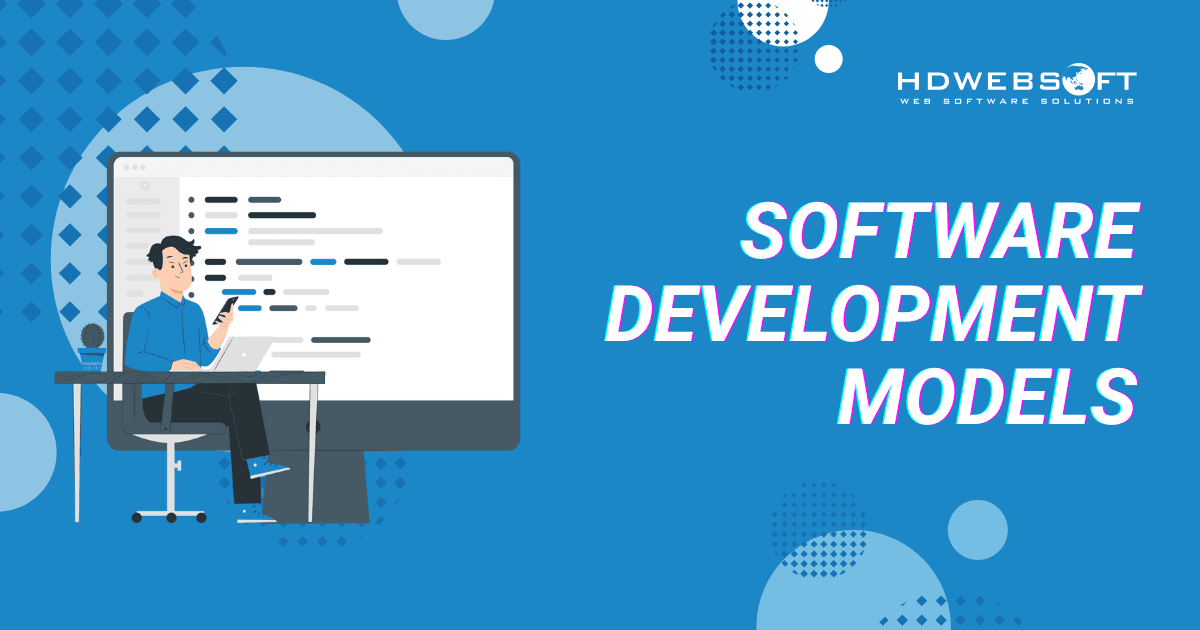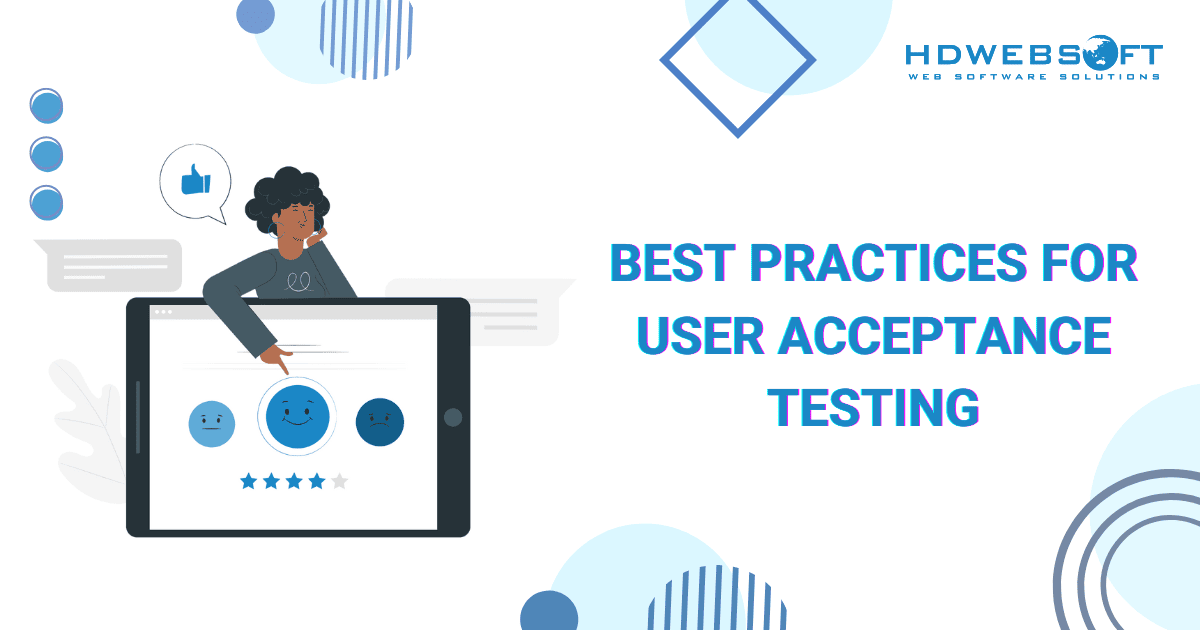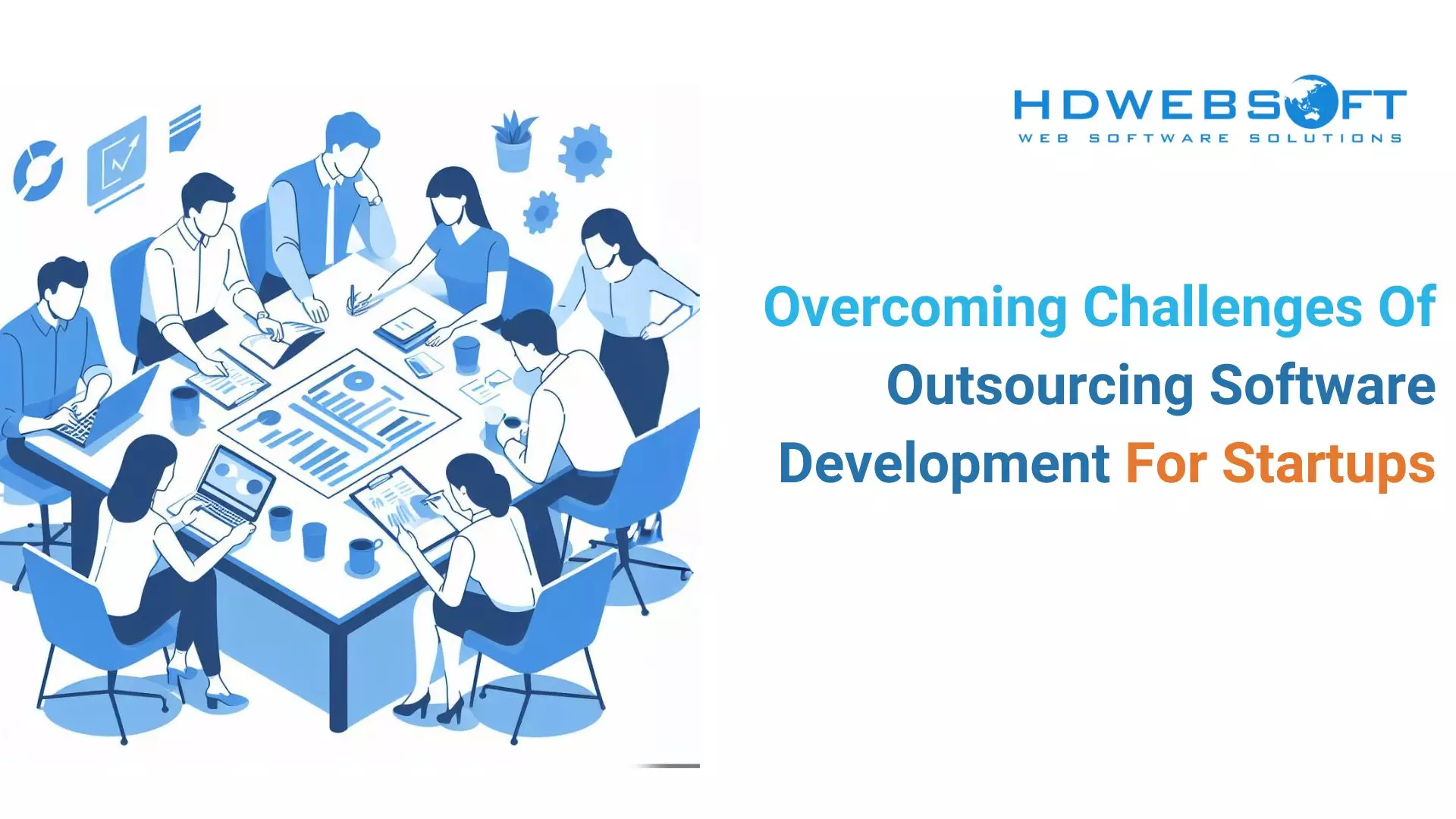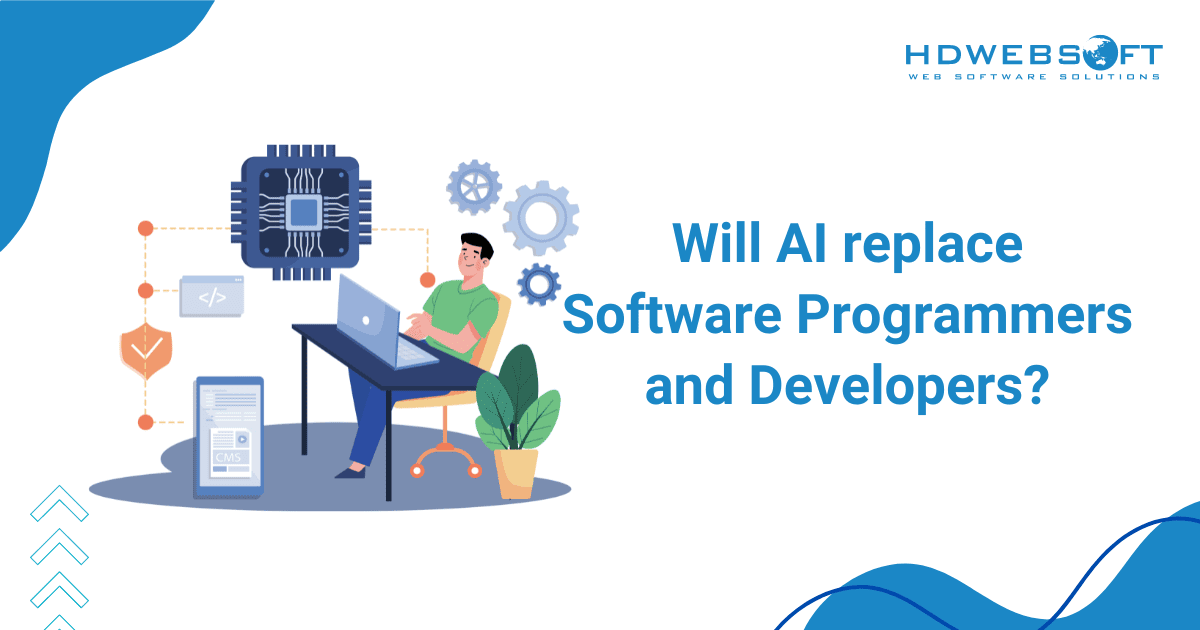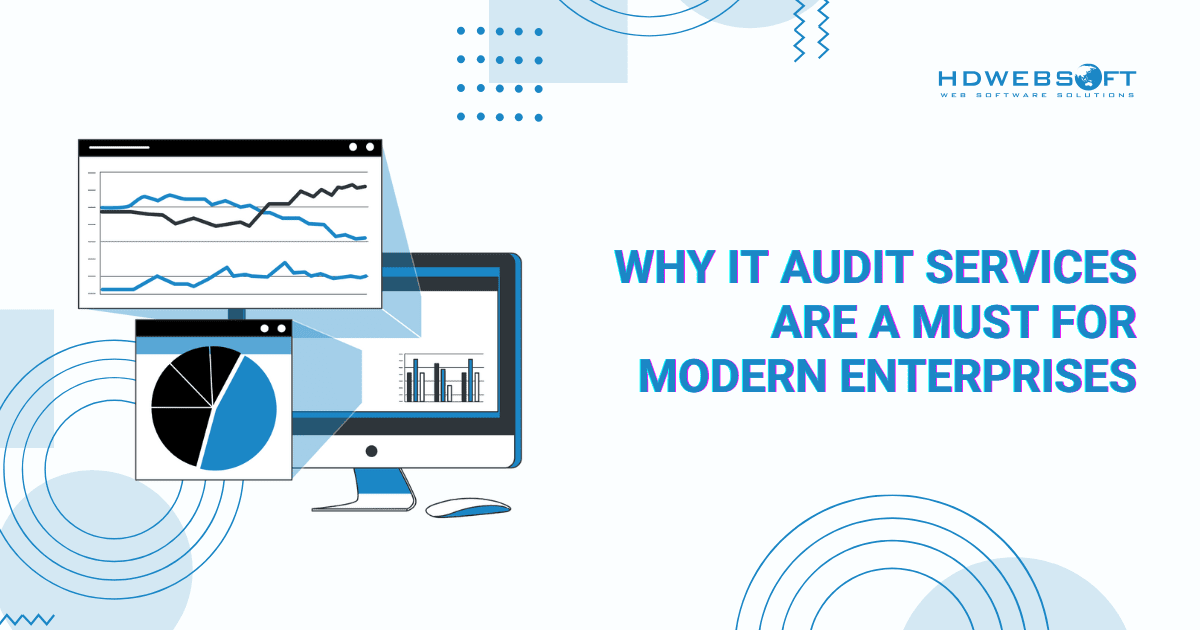
Why IT Audit Services Are a Must for Modern Enterprises
In today’s digital-driven world, IT audit services are vital for ensuring the integrity, security, and efficiency of an organization’s technology infrastructure. By evaluating internal controls and identifying security gaps, IT auditing enables businesses to minimize risk while maximizing operational performance. Whether you’re preparing for digital transformation or simply safeguarding your current systems, understanding the value and scope of IT audits is essential to maintaining a resilient and trustworthy IT environment.
Hence, this blog will guide you through the world of IT auditing services and the range of services they offer. We’ll also provide you with the process of auditing an IT infrastructure and how it benefits your business.
What is IT Auditing?
An IT audit involves an independent review of an organization’s information technology environment. Specifically, it is conducted to evaluate its performance, identify potential risks, and ultimately, suggest necessary improvements. The scope of IT audit services varies based on the audit’s goals and may include:
- The underlying IT infrastructure and network systems
- Essential business applications
- Adherence to relevant laws, regulations, or standards
- Oversight and governance of IT operations, including associated policies and procedures
Types of IT Audit Services
Now, IT auditing services encompass a wide range of assessments designed to evaluate an organization’s information technology infrastructure and policies. The primary goal is to ensure that IT systems safeguard assets, maintain data integrity, and operate to achieve business goals. Most importantly, comply with relevant regulations and industry standards.
Compliance Audits
Firstly, compliance audits are designed to verify whether an organization’s IT systems, management practices, and data handling procedures align with applicable laws, regulations, and industry-specific standards. These audits help ensure that companies are operating within the boundaries of legal and regulatory frameworks.
Focus Areas
These audits typically assess adherence to a wide range of regulatory requirements. For example, HIPAA for healthcare data security, PCI DSS for payment card information, and ISO/IEC 27001 for information security management. Other frameworks commonly evaluated in IT audit services include SOC 1 and SOC 2, NIST, and the organization’s own internal policies and governance protocols.
Outcome
By undergoing a compliance audit, organizations can proactively identify and close compliance gaps, especially in this AI-driven world. This reduces the risk of legal penalties, reputational damage, and costly breaches. Moreover, it strengthens stakeholder confidence and demonstrates a commitment to regulatory responsibility.
Security Audits
Secondly, security audits focus on assessing the strength and effectiveness of an organization’s cybersecurity posture. The primary goal is to uncover vulnerabilities, evaluate defenses, and measure the resilience of IT systems against potential attacks.
Audit Scope
These audits scrutinize various security mechanisms. They are firewalls, intrusion detection and prevention systems, access controls, encryption standards, and incident response procedures.
Additionally, other key areas include network security, endpoint protection, vulnerability management, and security policy enforcement.
Results
The security IT audit services provide a detailed snapshot of an organization’s exposure to cyber threats. They often include:
- Vulnerability Assessments: Identifying weaknesses in software, systems, and configurations.
- Penetration Testing: Simulating cyberattacks to test system resilience and incident response capabilities.
- Cybersecurity Governance Reviews: Evaluating the leadership, policies, and accountability structures surrounding security initiatives.
This holistic view helps prioritize remediation efforts and enhances overall protection.
Operational Audits
Thirdly, operational IT auditing aims to examine how efficiently and effectively IT systems and processes are supporting day-to-day business operations. They assess whether IT resources are being used optimally and aligned with the organization’s strategic needs.
Technical domains
These include hardware and software performance, resource utilization, IT staffing, intelligent workflow efficiency, and the implementation of IT-related policies and procedures.
Impact
Operational audits reveal process inefficiencies, redundant systems, and underutilized resources. The insights gained help organizations streamline operations, reduce costs, and ensure better alignment between IT and business functions.
Performance Audits
Fourthly, performance IT audit services are conducted to evaluate the reliability, responsiveness, and scalability of an organization’s IT systems. These audits measure whether the IT infrastructure is delivering the performance levels required to meet business demands.
Critical Aspects
Key metrics reviewed in an IT audit include system uptime and availability. In addition, auditors assess response times, load capacity, and resource consumption. Finally, they evaluate the overall alignment of IT services with organizational goals.
Takeaways
By identifying performance bottlenecks and system weaknesses, performance audits offer a path toward enhancing system reliability and improving end-user experience. Also, they provide the basis for infrastructure upgrades and optimization strategies.
Further reading: Best Practices of Custom Software Development.
Privacy Audits
Fifthly, privacy audits ensure that an organization’s data practices comply with relevant data protection and privacy regulations. Furthermore, personal and sensitive information is handled in a responsible manner.
Reviewed Categories
Auditors evaluate data collection practices, user consent mechanisms, data storage and retention policies, access controls, and compliance with frameworks like GDPR, CCPA, or other regional data protection laws.
Recommendation
Thorough privacy IT audit services confirm that the organization respects individual privacy rights and handles personal data responsibly. Plus, it helps prevent data misuse and builds trust with customers and partners.
Business Continuity and Disaster Recovery (BCDR) Audits
BCDR IT auditing assesses an organization’s readiness to handle and recover from unexpected disruptions. Whether it’s due to cyberattacks, natural disasters, or operational failures.
Inspection Criteria
Audits closely examine an organization’s preparedness for unexpected disruptions. This includes reviewing the business continuity plan (BCP) and the disaster recovery plan (DRP).
They also assess backup strategies, data recovery mechanisms, and the effectiveness of emergency response procedures.
Deliverables
These audits help validate that critical IT systems and services can continue operating or be quickly restored after an incident. Furthermore, they ensure minimal downtime, data loss, and operational disruption.
IT Governance Audits
Next, IT governance audits evaluate how well an organization’s IT strategy and decision-making structures support its overall business objectives.
Focus Areas
The IT audit services also evaluate governance and strategic oversight. They cover leadership and accountability, IT organizational structure, and strategic IT investments. Additionally, auditors evaluate risk management practices and assess how well IT activities align with corporate objectives.
Outcome
These audits provide actionable insights to refine IT governance frameworks. As a result, it makes sure of better oversight, strategic alignment, and effective use of technology resources.
Systems Development Lifecycle (SDLC) Audits
SDLC audits focus on the processes involved in software development models. Their main goal is to ensure that applications are built securely and efficiently. Moreover, they verify that development aligns with user requirements and industry best practices.
Areas of Examination
Auditors assess project planning, requirement gathering, coding standards, testing and QA, change management, and documentation. They also evaluate development methodologies such as Agile or DevOps.
End Result
Such audits help maintain high software quality, reduce development risks, and ensure projects are delivered on time and within budget, while meeting functional expectations.
Cloud Audits
Cloud IT audit services are tailored to evaluate security, compliance, and performance in cloud-based infrastructure, whether public, private, or hybrid.
Assessment Topics
They cover cloud provider configurations, data access and identity management, shared responsibility models, service-level agreements (SLAs), and regulatory compliance in cloud settings.
Strategic Insights
A well-executed cloud audit confirms that cloud infrastructure is secure, well-configured, and aligned with compliance requirements. Ultimately, risks associated with third-party services will be minimized.
Application Audits
Finally, application audits aim to ensure that individual software applications are secure, functional, and compliant with business and technical requirements.
Review Areas
These audits review application architecture, code security, authentication and authorization, performance benchmarks, and integration points with other systems.
What It Achieves
Application audits verify that systems are operating securely and efficiently and are free from vulnerabilities. Furthermore, they ensure the applications can support business goals without performance issues.
Stages of IT Auditing
Initial Assessment
At first, IT audit services will conduct an introductory review to understand the organization’s business structure and strategic objectives. This step includes examining the relevant IT systems, internal controls, and policies. It also involves reviewing historical incidents and identifying any constraints that might affect the audit.
Audit Planning
At this stage, the audit team defines specific objectives, outlines the scope, and develops a structured audit plan or checklist. It also includes a detailed assessment of potential risks and bottlenecks that could impact the audit process.
Execution of the Audit
A comprehensive evaluation of the IT environment is conducted to identify security gaps, operational weaknesses, and compliance gaps. During this phase, evidence is collected and practical strategies are explored to address any issues uncovered.
Reporting and Recommendations
Then, the findings are documented in a clear, actionable report that highlights identified risks and classifies them by severity. As part of IT audit services, the report also provides prioritized recommendations for improving the IT infrastructure. Consequently, it ensures alignment with relevant standards or business objectives.
Follow-Up Review
The final phase ensures that corrective actions have been successfully implemented. Additionally, it verifies whether these measures effectively resolved the previously identified issues and contributed to ongoing improvements in IT performance and compliance.
Why Do You Need IT Audit Services
Proactive Risk Oversight
IT auditing plays a critical role in identifying a wide spectrum of technology-related business risks. They assess the effectiveness of existing security measures and identify potential vulnerabilities. Plus, they assist organizations in enforcing policies that safeguard valuable digital assets.
Enhancing System Efficiency
By analyzing the performance of current IT systems, an audit reveals opportunities for fine-tuning and optimization. Even small adjustments can lead to significant long-term improvements in productivity and system effectiveness.
Reducing IT Operational Costs
A clearer understanding of system demands and limitations enables companies to reduce unnecessary expenditures on IT audit services. This is because IT auditing helps streamline maintenance efforts and optimize resource usage across the IT environment.
Visibility into IT Spending and Returns
Moreover, IT auditing services offer transparency into how funds are allocated across IT systems and services. They also provide metrics to evaluate the return on investment (ROI), ensuring budget decisions are informed and impactful.
Strengthening Regulatory Readiness
Through a structured review of compliance policies and practices, IT audits expose gaps in data protection, privacy, and security frameworks. This helps companies align with relevant laws and industry standards more effectively.
Strategic Tech Modernization Planning
Audits support future-proofing by evaluating the value and practicality of adopting new technologies or IT models. Whether comparing cloud solutions to on-premises systems or evaluating legacy system upgrades, audits offer data-driven insights for smarter transformation decisions.
How HDWEBSOFT Can Help
IT audit services offer a clear view into the inner workings of your IT landscape, identifying both procedural and security-related weaknesses. It strengthens your organization’s ability to withstand internal and external risks while elevating overall IT governance. If you’re considering a review of your technology infrastructure, HDWEBSOFT’s team of experienced IT auditors and engineers is here to help. Contact us for a comprehensive, results-driven assessment that keeps your IT operations efficient, secure, and aligned with your business objectives.









